In June 1898, George W. Vanderbilt and Edith Stuyvesant Dresser held their wedding in Paris on June 1 and June 2. Why two ceremonies? The first was a civil service and the second was a religious ceremony, in accordance with French law dating from the French Revolution.
Popular opinion had assumed the wedding would be a grand affair, possibly at George Vanderbilt’s home church of Grace Episcopal Church in New York City. Despite the speculation, the couple decided to be wed in Paris with as little fanfare as possible—as possible for a Vanderbilt, that is.
George and Edith were first married in a 15-minute civil ceremony at 3 p.m. on June 1, 1898 by the mayor of Paris at the Town Hall of the Eighth District in the Rue Anjou. According to one newspaper article, the couple had to comply with all the requirements of French law; the civil ceremony was complete with family witnesses, baptism certificates, the marriage certificate for George’s parents, and proof of American citizenship. The couple signed a contract of marriage.
One newspaper described Edith’s dress at the civil ceremony; unfortunately, no photos are known to exist: “The dress worn by the bride to-day was a creation of Laferrière (a noted Parisian fashion designer). It was of café-au-lait crepon, over a lining of yellow silk. The skirt was cut out in a deep Vandyke edged with a fringe of white silk, which fell to the hem. Underneath the fringe, one caught occasional glimpses of yellow lining. The bodice had a rounded collar of mauve taffeta covered with guipure (a type of lace). The bride wore a white straw hat trimmed with pink roses.”
At the end of the civil ceremony, George and Edith left the hall separately, as it would have been scandalous for them to be seen together before the church ceremony the following day.
The religious ceremony was held at the American Church of the Holy Trinity in Paris at noon on June 2, attended by family and close friends. Before the ceremony began, George had to present their civil contract to the clergymen and sign the wedding register. An eyewitness account from the Philadelphia Record reports:
―It was a union of quiet contentment…There probably never was so unostentatious a Vanderbilt wedding since the family made its millions. It is true that the church was full of costumes and the company was very fine, but there was an altogether marked quietness of tone and an absence of display.
Although there are no wedding photographs available, newspapers described the bride’s attire. Edith—a striking figure at six feet tall—wore an understated Empire-style gown in creamy white satin of French design, with a court train trimmed in the same lace worn by her grandmother nearly a century before. According to the Philadelphia Record, her veil was decorated with lace worn by her mother. Regarding the family lace, the New York Journal declared: “It is an admirable thing to have lace, and it is also an admirable thing to have ancestors, but when one can have both lace and ancestors it is most admirable.”
After the ceremony, the wedding party, family and friends attended a breakfast at Edith’s apartment on Rue Vernet. Natalie Brown, Edith’s sister, provided two bottles of special champagne which their maternal grandfather had set aside at Edith’s birth, to be served on her wedding day. From there, the newlyweds left for Geneva by train to embark on a four-month European honeymoon.
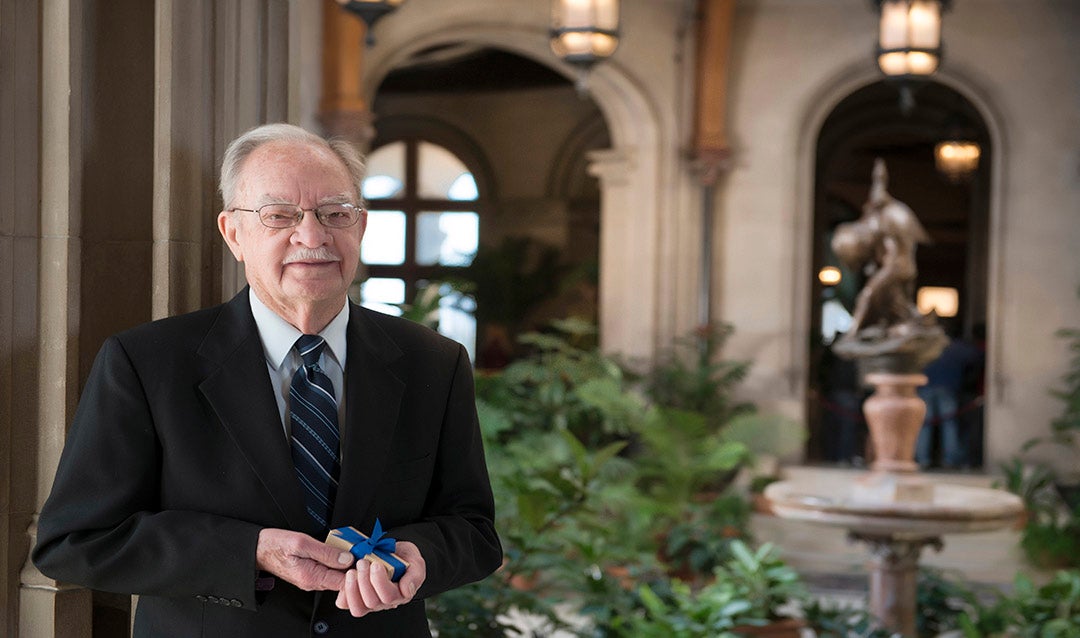
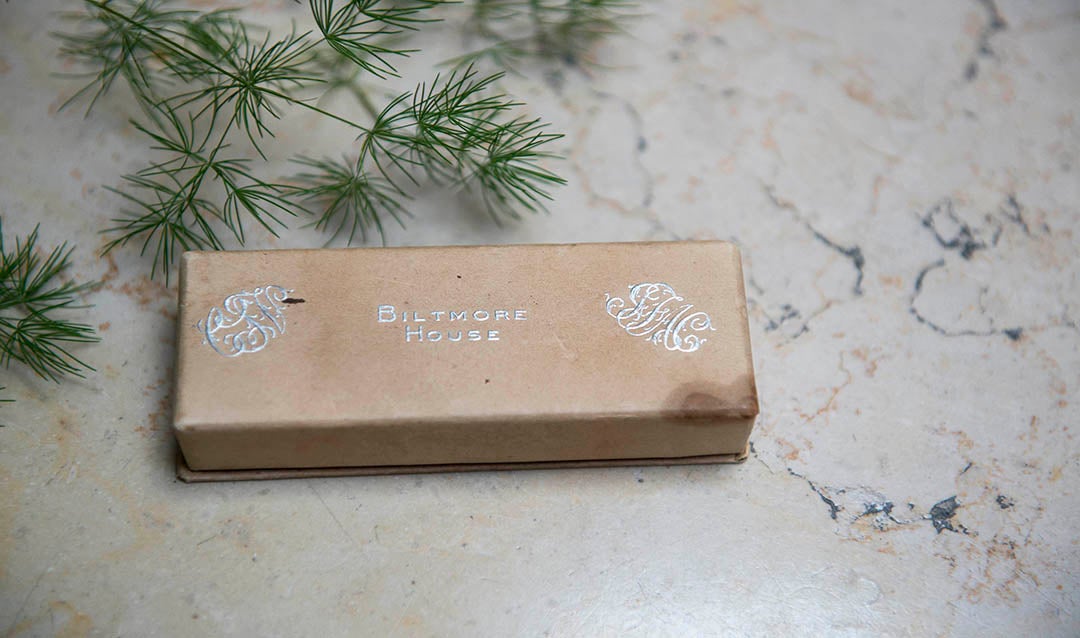
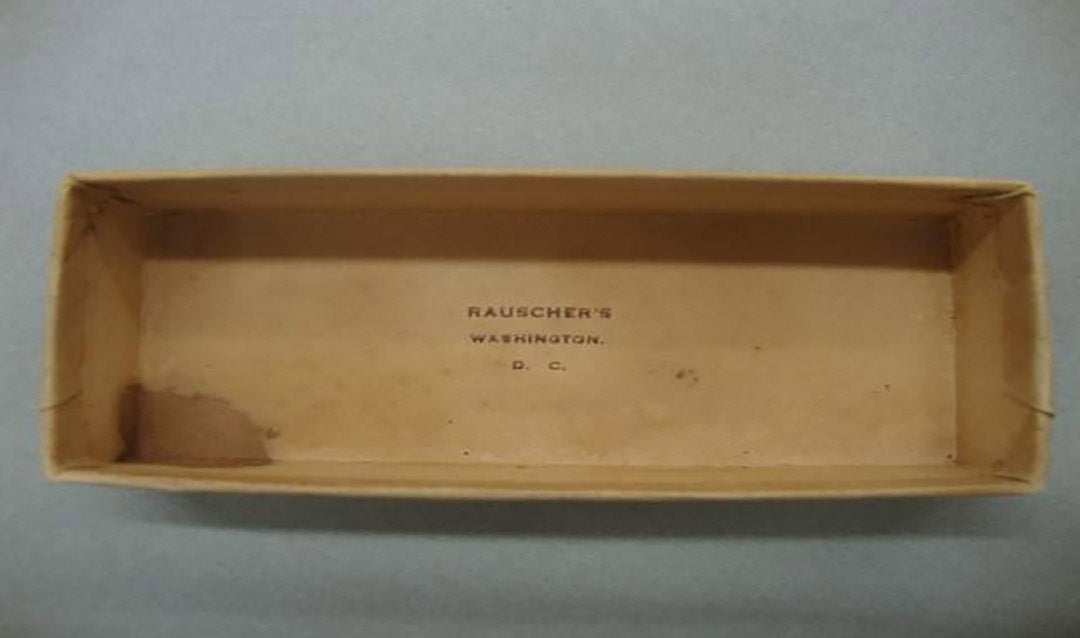
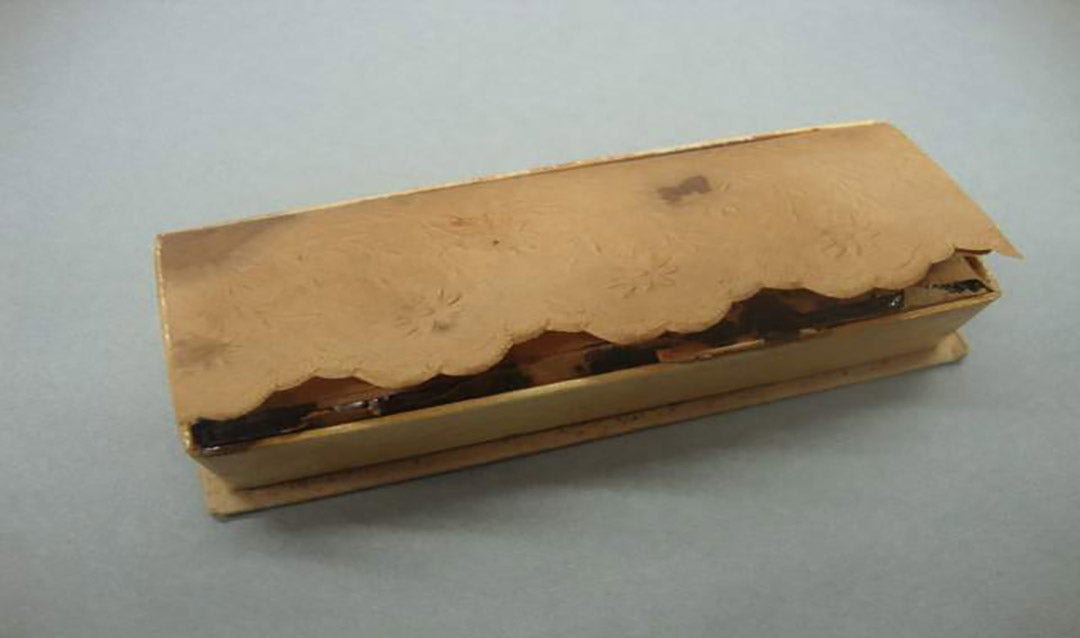
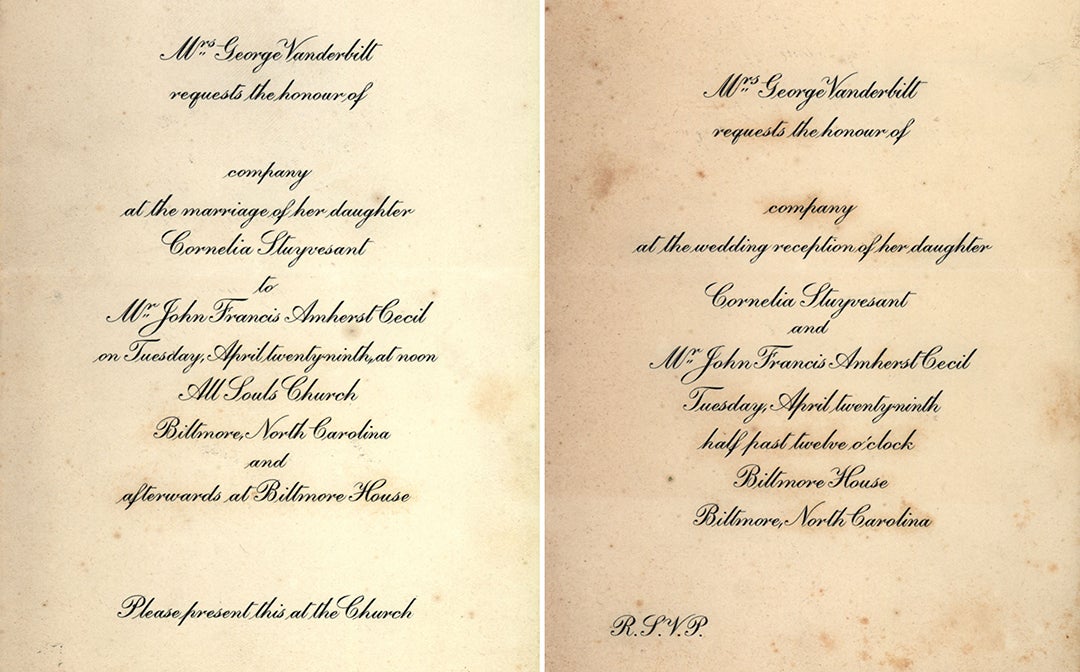
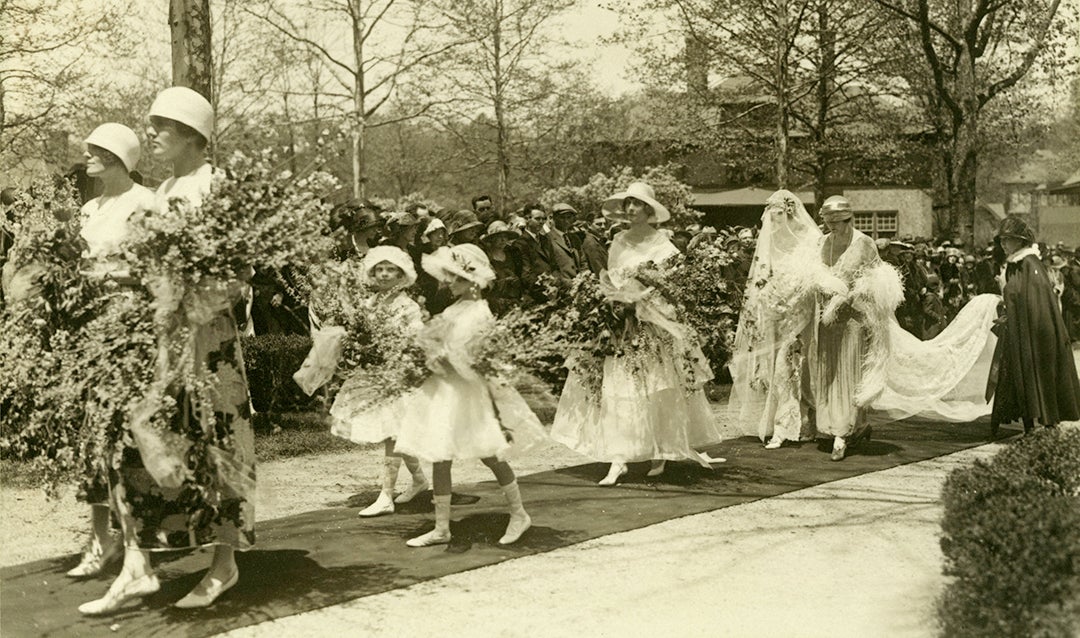
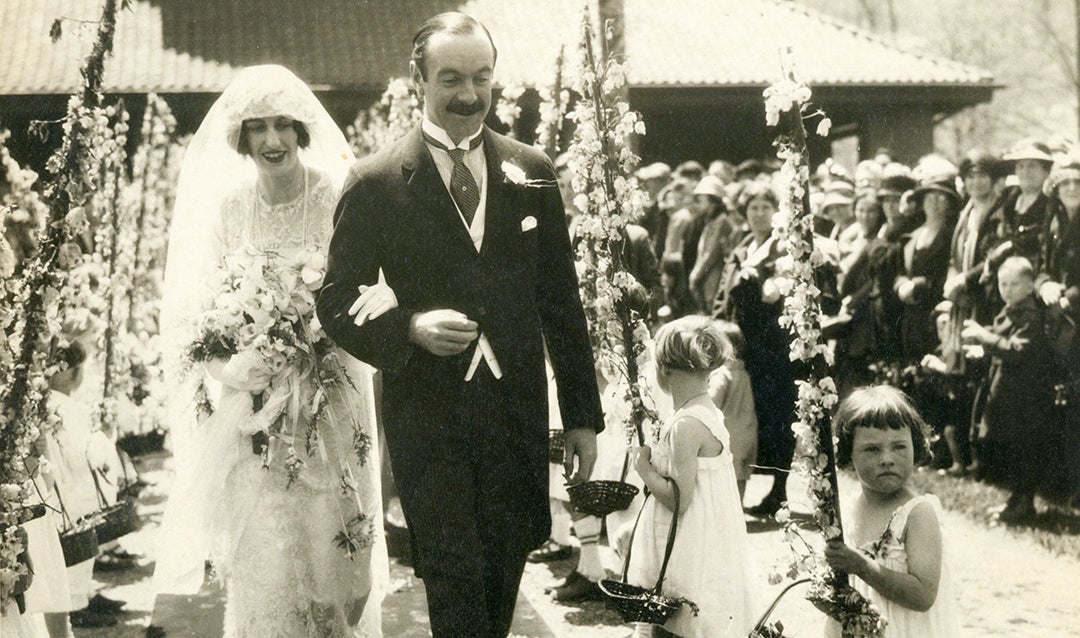
 For a more informal look, consider forcing flowering spring branches—here are some easy tips to help you “branch out” on your schedule rather than waiting for Mother Nature to do it for you!
For a more informal look, consider forcing flowering spring branches—here are some easy tips to help you “branch out” on your schedule rather than waiting for Mother Nature to do it for you! • Memorelle Damask Scroll Classic Shape Pillow–A beautiful jacquard scroll makes this pillow a perfect fit for any luxury bed ensemble. A classic shape appeals to the largest number of people.
• Memorelle Damask Scroll Classic Shape Pillow–A beautiful jacquard scroll makes this pillow a perfect fit for any luxury bed ensemble. A classic shape appeals to the largest number of people.